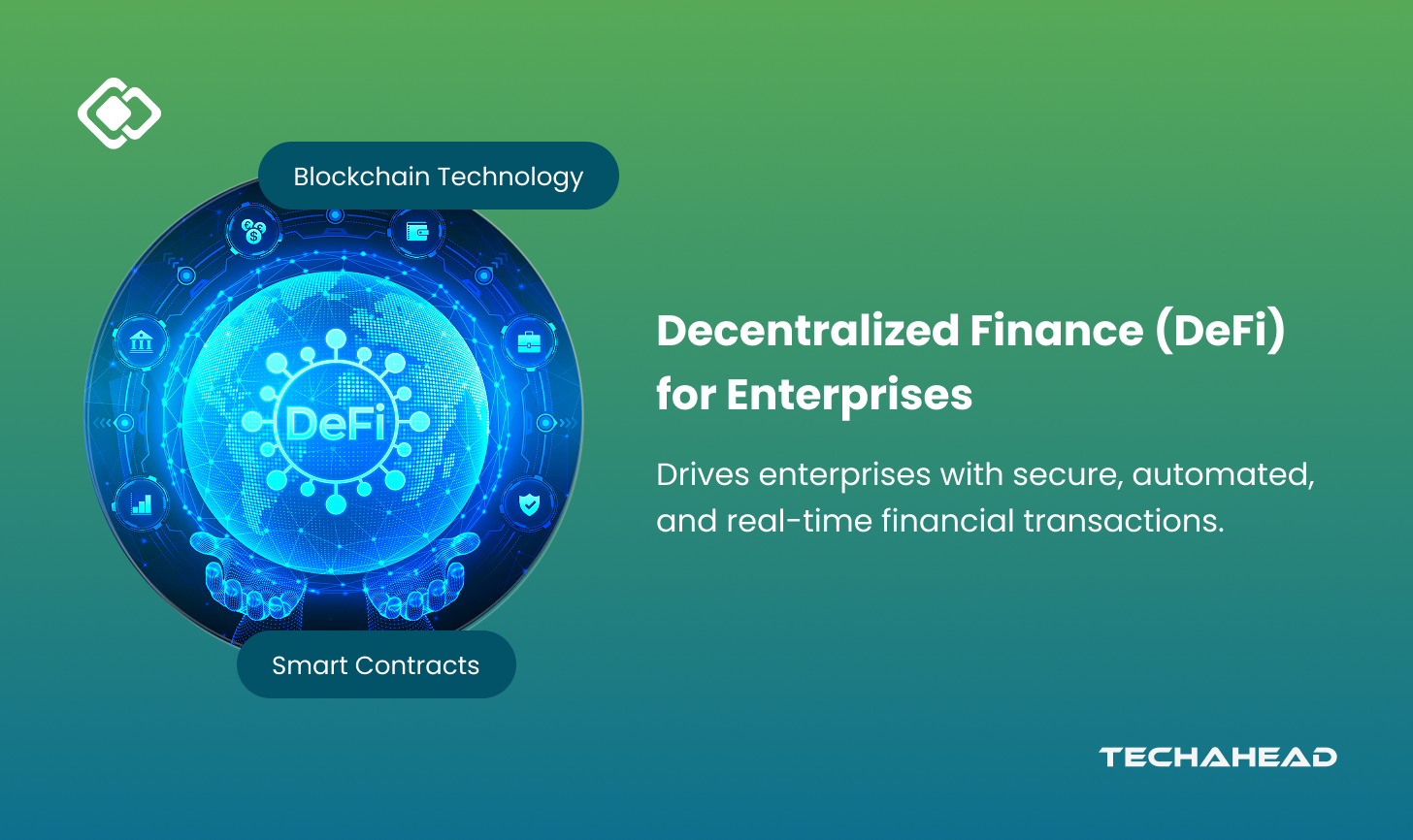
Failed payments are the silent churn engine of SaaS. Every month, platforms lose revenue not because customers want to leave, but because cards expire, funds run dry, or global payment rails falter. In a world where SaaS is increasingly borderless and users expect seamless access, these old-world billing failures have become a major roadblock to growth.

The Anatomy of Failed Payments in Global SaaS
Let’s break down why failed payments are so persistent in legacy SaaS billing:
- Card-not-present transactions – Most SaaS payments happen online, which increases fraud checks and declines.
- Expired or lost cards – Even loyal customers can drop off if their card details change and aren’t updated in time.
- Insufficient funds – Traditional billing relies on bank rails that don’t always sync with global users’ realities.
- Technical errors and compliance blocks – Payment gateways can fail due to system outages or regulatory hurdles in different countries.
This tangled web of friction leads to involuntary churn. The customer didn’t mean to leave, they just hit a wall they couldn’t see coming. According to industry sources like PayPro Global and Chargebee, these failures can account for up to 20% of all churn in mature SaaS businesses. That’s a staggering leak for any recurring revenue model.
The Onchain Revolution: Prorated Subscriptions Without Borders
This is where onchain prorated subscriptions come into play. By leveraging blockchain smart contracts for automated recurring billing, these systems sidestep the most common causes of failed payments entirely. Here’s how:
- No reliance on cards or banks: Payments are made with stablecoins like USDC or USDT, digital dollars that move instantly and globally, regardless of local banking infrastructure.
- Smart contract automation: Billing cycles, upgrades, downgrades, and proration are handled by code on the blockchain. No more manual reconciliation or delayed adjustments; every event is recorded immutably and executed as programmed.
- Error-resistant by design: With transparent transaction histories and deterministic execution, there’s no room for silent failures. Either the payment goes through or it doesn’t, no guessing games.
This isn’t just theory, it’s already being implemented by platforms like SubscribeOnChain. com, which provides composable smart contracts for recurring billing with real-time proration adjustments. When a user upgrades mid-cycle or cancels early, charges are calculated down to the second, no more overcharging or missed revenue opportunities.
The Power of Real-Time Proration: Fairness Meets Automation
The core innovation here is subscription proration via smart contracts. In traditional setups, mid-cycle changes often trigger confusing credits or manual refunds, prime territory for errors and disputes. Onchain systems flip this script:
- Dynamically calculated charges: Users pay only for what they use, even if they upgrade, downgrade, or pause service halfway through a billing period.
- No more waiting for refunds: Adjustments happen instantly at the protocol level; users see transparent calculations before confirming changes.
- SaaS providers gain trust: Every adjustment is logged on the blockchain for both parties to verify at any time, a level of transparency not possible with legacy processors.
This approach also means that global users no longer have to worry about local currency conversions or cross-border payment friction. If you have a crypto wallet and stablecoins, you’re ready to subscribe, and your provider gets paid without fear of silent declines lurking in the background.
Paving the Way for Decentralized Subscription Management
The implications go beyond just reducing failed payments. Onchain prorated subscriptions unlock new models of decentralized subscription management that empower both users and providers:
- SaaS businesses can operate globally from day one without negotiating dozens of payment integrations or worrying about regional compliance quirks.
- Developers can build modular billing flows tailored to their exact needs using open-source smart contracts as building blocks, not black-box APIs controlled by third parties.
For end users, this means more control and predictability. No more surprise charges, mysterious holds, or unexplained service interruptions due to payment hiccups. Instead, onchain billing ensures every subscription event is visible and auditable, down to the last cent and second.
By removing the middlemen and automating proration, SaaS providers can also experiment with more granular pricing models. Want to offer usage-based billing, micro-subscriptions, or real-time pay-as-you-go services? Onchain infrastructure makes these models not just possible but operationally trivial. The result: a SaaS landscape that is more inclusive, flexible, and resilient in the face of global commerce realities.
From Theory to Practice: Implementing Onchain Prorated Billing
Moving from legacy systems to onchain prorated subscriptions might sound daunting, but platforms like SubscribeOnChain. com have made the process remarkably accessible. With pre-built smart contract modules for recurring payments and proration logic, developers can integrate decentralized billing in days, not months.
Here’s a simplified example of how a smart contract for prorated billing might look in Solidity:
Solidity Example: Prorated Subscription Billing
Below is a simple Solidity smart contract that demonstrates prorated subscription billing. Users can subscribe for any number of months, and if they cancel early, they receive a refund proportional to the unused time.
// SPDX-License-Identifier: MIT
pragma solidity ^0.8.0;
contract ProratedSubscription {
struct Subscription {
uint256 startTime;
uint256 endTime;
uint256 amountPaid;
}
mapping(address => Subscription) public subscriptions;
uint256 public monthlyPrice = 1 ether;
uint256 public secondsInMonth = 30 days;
function subscribe(uint256 months) external payable {
require(months > 0, "Must subscribe for at least one month");
uint256 requiredAmount = monthlyPrice * months;
require(msg.value >= requiredAmount, "Insufficient payment");
Subscription storage sub = subscriptions[msg.sender];
uint256 currentTime = block.timestamp;
if (sub.endTime > currentTime) {
// Extend current subscription
sub.endTime += months * secondsInMonth;
} else {
// New subscription or expired
sub.startTime = currentTime;
sub.endTime = currentTime + months * secondsInMonth;
}
sub.amountPaid += msg.value;
}
function cancelAndRefund() external {
Subscription storage sub = subscriptions[msg.sender];
require(sub.endTime > block.timestamp, "No active subscription");
uint256 remainingTime = sub.endTime - block.timestamp;
uint256 refundAmount = (monthlyPrice * remainingTime) / secondsInMonth;
sub.endTime = block.timestamp; // Cancel subscription
payable(msg.sender).transfer(refundAmount);
}
function getProratedAmount(address user) external view returns (uint256) {
Subscription storage sub = subscriptions[user];
if (sub.endTime <= block.timestamp) {
return 0;
}
uint256 remainingTime = sub.endTime - block.timestamp;
return (monthlyPrice * remainingTime) / secondsInMonth;
}
}This contract showcases how onchain logic can enable global, failure-resistant SaaS billing by automating both subscription management and prorated refunds.
This composability empowers teams to customize their billing flows while relying on the security guarantees of blockchain. For step-by-step implementation details and deeper technical dives, see this practical guide.
Why This Matters for Global SaaS Growth
The impact of failed payments isn’t just lost revenue, it’s lost relationships and reputational damage. When customers churn because their card expired or their bank blocked an international transaction, it erodes trust in your brand. Onchain prorated subscriptions address this pain at the root by making payment failures nearly impossible when users pre-fund wallets with stablecoins.
Moreover, as regulatory scrutiny over cross-border payments intensifies and traditional rails become less reliable for global SaaS expansion, blockchain-based recurring billing offers an elegant alternative that scales with your ambitions, not against them.
Looking Ahead: The Future of Subscription Commerce
The rise of decentralized subscription management signals a shift away from opaque black-box processors toward open financial infrastructure that anyone can audit or extend. As more SaaS businesses embrace these tools, we’ll see new business models emerge, ones where fair pricing, instant access changes, and borderless participation are the norm rather than the exception.
If you’re building or scaling a global SaaS platform today, it’s time to rethink how you handle recurring revenue. Onchain prorated subscriptions not only solve failed payments but unlock new frontiers for customer experience and operational efficiency. The next wave of SaaS growth will be powered by transparency, and that starts with how you bill your users.



